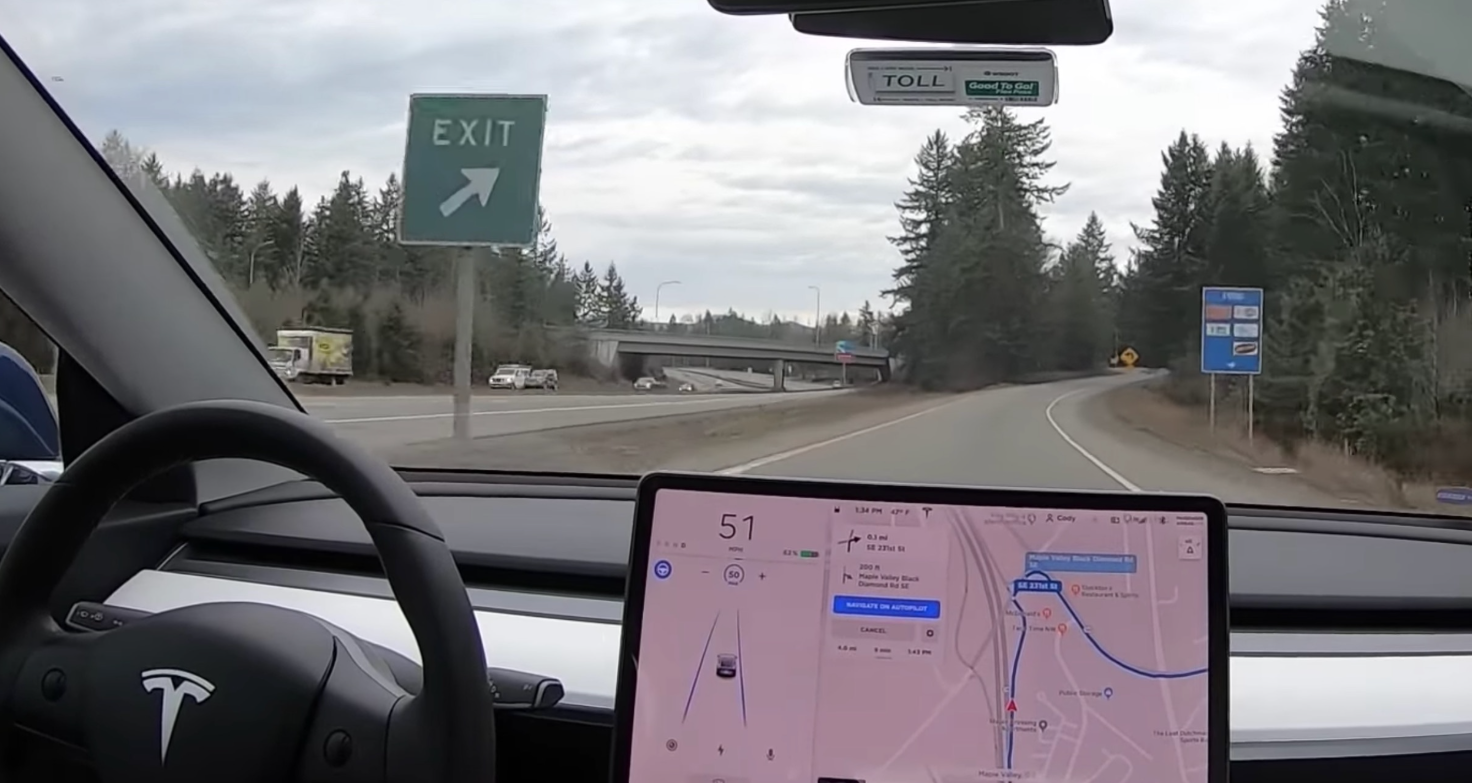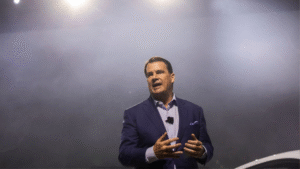Tesla’s latest Autopilot update has sparked widespread debate—does it truly enhance road safety, or is it yet another controversy in the making? The update introduces a series of refinements, including improved driver alerts, better object detection, and enhanced navigation. While Tesla claims these changes make the system safer, ongoing government investigations and past incidents raise concerns about whether the technology is advancing responsibly.
Key Enhancements in Tesla’s Latest Autopilot Update
To understand whether Tesla’s new update genuinely makes roads safer, we need to break down its key improvements and what they mean for drivers.
1. Improved Driver Monitoring and Alerts
How does Tesla’s update keep drivers engaged?
- The new system issues more frequent visual and audible alerts when it detects that the driver is not actively holding the wheel.
- Higher-speed sensitivity: The system reacts more quickly at high speeds, ensuring immediate driver response.
- Comparison to competitors: Unlike some competitors who use camera-based driver monitoring, Tesla still relies heavily on steering wheel detection.
Studies have shown that over-reliance on Autopilot can lead to driver distraction. Tesla’s update attempts to mitigate this risk by reinforcing driver engagement, but experts believe further improvements are necessary.
2. Advanced Object Detection for Safer Driving
What has changed in Tesla’s object recognition system?
- Broader detection capabilities: Tesla’s Autopilot can now recognize pedestrians, cyclists, road debris, and even potholes.
- Enhanced lane-keeping: The system ensures smoother driving by reducing unnecessary lane corrections.
- Real-time updates: The vehicle’s AI adapts dynamically to new obstacles.
| Feature | Previous Version | Updated Version |
|---|---|---|
| Pedestrian Detection | Limited | Improved accuracy |
| Pothole Detection | Not Available | Now integrated |
| Lane-Keeping | Prone to minor drifts | More stable and precise |
This feature is a step toward fully autonomous driving, making Tesla vehicles safer by reducing accidents caused by missed obstacles. However, concerns remain about reliability in extreme weather conditions.
3. More Accurate Navigation and Mapping
What improvements does Tesla’s navigation system bring?
- Better route planning: The new system factors in real-time traffic, road closures, and detours more accurately.
- Enhanced GPS accuracy: More detailed maps ensure better turn-by-turn guidance, especially in areas with poor signal reception.
- Urban and rural navigation: Tesla has improved its system to function more effectively in city traffic and on less-traveled roads.
Accurate navigation not only enhances convenience but also plays a role in accident prevention by ensuring smoother and more predictable driving patterns.
Ongoing Investigations and Safety Concerns
Despite these advancements, Tesla’s Autopilot remains under federal scrutiny. The National Highway Traffic Safety Administration (NHTSA) has reopened an investigation into whether Tesla’s recent software updates effectively resolve safety concerns. This follows reports of crashes involving vehicles operating on the updated Autopilot system.
A federal report also highlighted that Tesla’s Autopilot was involved in multiple fatal crashes, with driver misuse playing a major role. The report pointed out that Tesla’s driver-assist system lacks certain safety measures found in competitors’ technology.
| Concern | Tesla’s Response | NHTSA’s Stance |
| Autopilot crash incidents | Introduced more frequent alerts | Investigation remains open |
| Driver over-reliance | Encourages manual steering input | Additional safeguards needed |
| Competitor comparison | Lacks camera-based driver monitoring | Urging industry-wide standards |
The Controversy Continues
While Tesla continues to push forward with autonomous driving advancements, critics argue that the company is not doing enough to prevent driver over-reliance on the technology. Safety experts stress that while Autopilot is a helpful feature, it is not a fully autonomous system and still requires constant driver supervision.
Conclusion: A Step Forward or a Risky Move?
Tesla’s latest Autopilot update introduces several important safety improvements, such as better driver monitoring, enhanced object detection, and more accurate navigation. However, concerns about driver misuse and the effectiveness of these enhancements remain unresolved. With federal investigations ongoing, Tesla must prove that these changes truly make its vehicles safer. The debate continues: Is this update a breakthrough in autonomous driving safety, or does it raise more questions than it answers?





